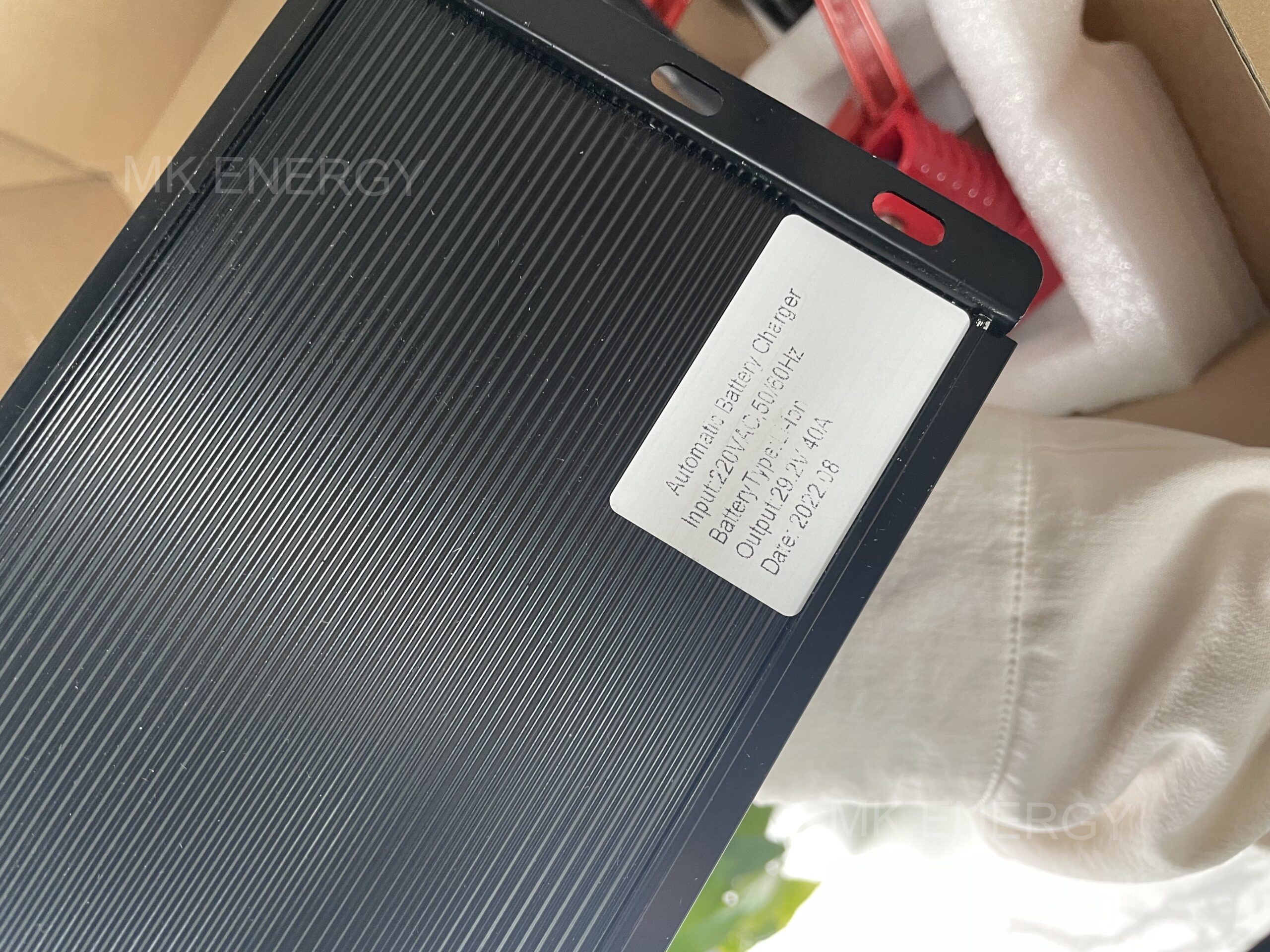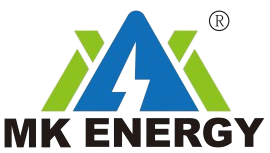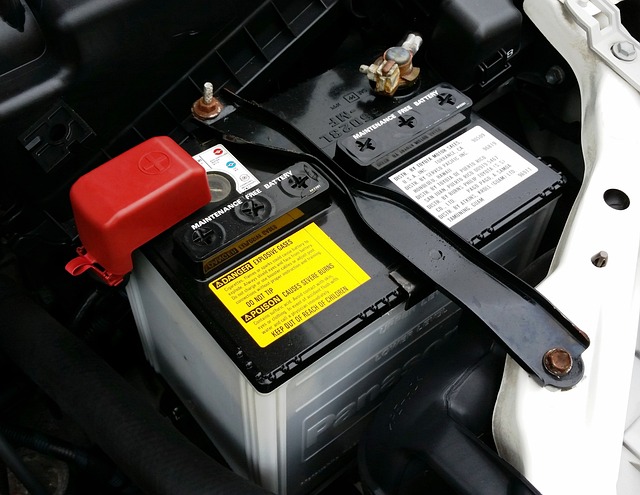Proper charging is essential for maintaining the efficiency and longevity of lead-acid batteries. By using the right charging techniques, users can enhance performance, extend the battery’s lifespan, and reduce the risk of damage. This article outlines best practices for optimizing the charging process of lead-acid batteries.
Lead-acid batteries undergo a multi-stage charging process. Knowing how each stage works can help optimize efficiency:
In this initial stage, the charger supplies maximum current to the battery until it reaches about 80% of its capacity(Bulk Charge). This is the fastest part of the charging process.——The charging current decreases, and voltage is held constant while the battery slowly charges the remaining 20% of its capacity(Absorption Charge). This helps prevent overheating and overcharging.——Also known as trickle charging, the battery voltage is maintained at a lower level to keep it fully charged without overcharging(Float Charge). This is essential for batteries in standby applications.
Best Charging Practices
Use a Suitable Charger
Selecting the right charger is crucial. Lead-acid batteries require chargers specifically designed for their chemistry:

Automatic Chargers: These chargers can adjust the charging current based on the battery’s needs, preventing overcharging; Multi-Stage Chargers: Chargers with multiple stages (bulk, absorption, float) optimize charging efficiency and minimize wear on the battery; Overcharging is one of the most common causes of battery failure. It generates excess heat and accelerates water loss from the electrolyte, which can damage the battery.
Monitor Charge Levels: Use chargers with voltage regulators or smart chargers that automatically reduce the current as the battery reaches full charge. Follow Manufacturer Guidelines: Always charge according to the battery manufacturer’s recommended voltage and current levels. Lead-acid batteries release hydrogen gas during charging, which can be dangerous in confined spaces. Always charge batteries in a well-ventilated area to reduce the risk of gas buildup and ensure safety.
Lead-acid batteries can suffer permanent damage if discharged too deeply. To maintain optimal performance:Avoid letting the battery discharge below 50% of its capacity, as deep discharges reduce lifespan.
Use a Charge Controller: For batteries in renewable energy or backup systems, use a charge controller to regulate the charging and discharging process, preventing deep discharge.
Temperature can significantly affect the charging efficiency of lead-acid batteries: Avoid Charging in Extreme Temperatures: Charging in high temperatures can lead to thermal runaway, while low temperatures can increase resistance and slow the charging process; Temperature Compensation: Use chargers that have temperature compensation features, which adjust the voltage based on the ambient temperature to ensure proper charging. Periodic equalization charging can help balance the charge across all battery cells and prevent sulfation
Equalization Process: This involves applying a controlled overcharge to the battery, which helps dissolve lead sulfate crystals and equalizes the voltage across all cells; Equalization should be performed periodically, as recommended by the battery manufacturer, typically every 20-30 charge cycles. Regularly checking the condition of the battery during charging can help identify potential issues early; Voltage and Current Monitoring: Use a battery monitoring system to track the voltage and current during charging, ensuring the process is running smoothly; Keep an eye on the battery for signs of swelling, leakage, or corrosion, which could indicate charging problems.
Conclusion
Proper charging techniques are essential for maintaining the performance and longevity of lead-acid batteries. By using the right charger, avoiding overcharging, and following best practices like equalization and temperature control, users can optimize charging efficiency. Regular maintenance and monitoring are key to ensuring the battery remains in good condition, delivering reliable power for a variety of applications.

